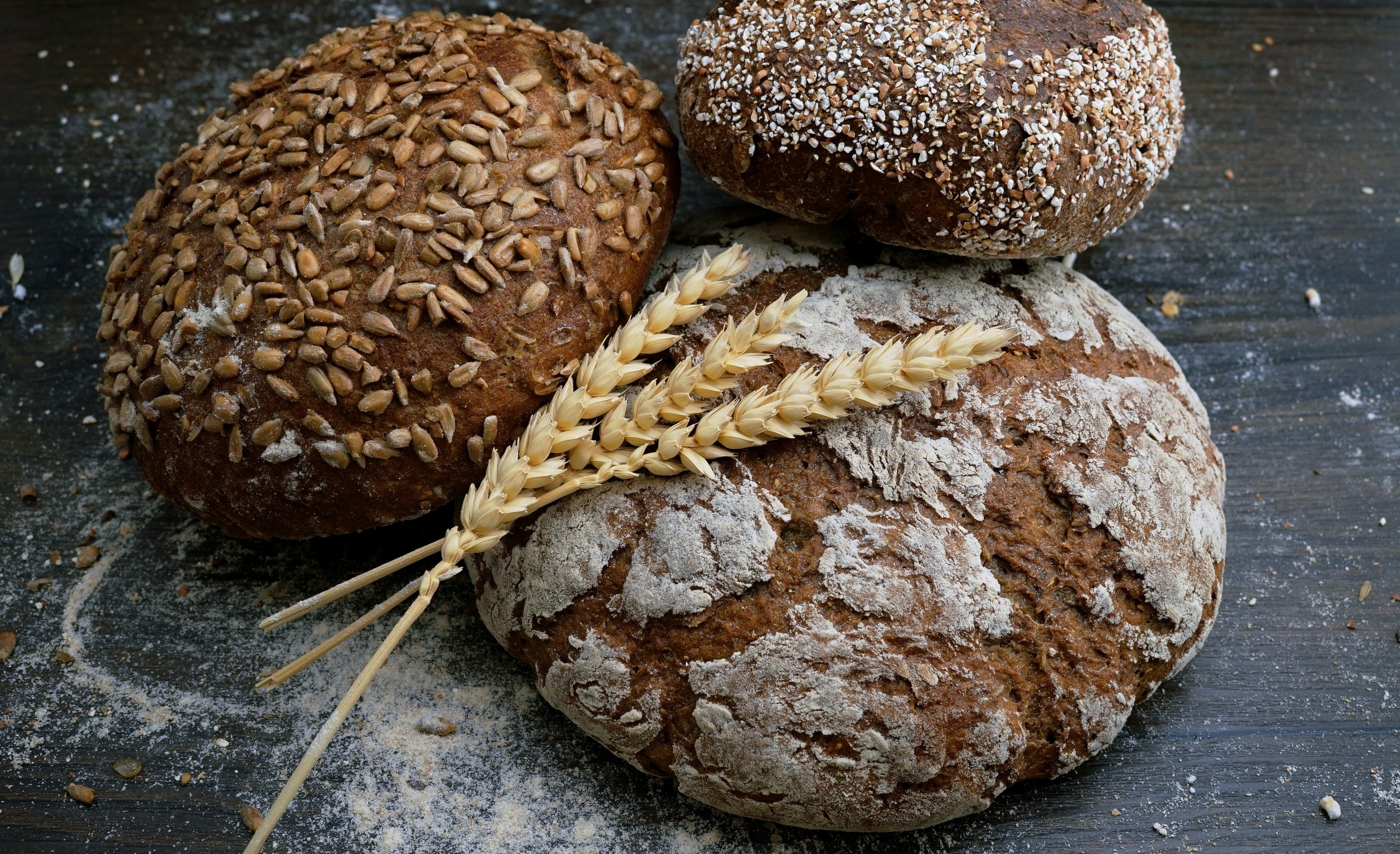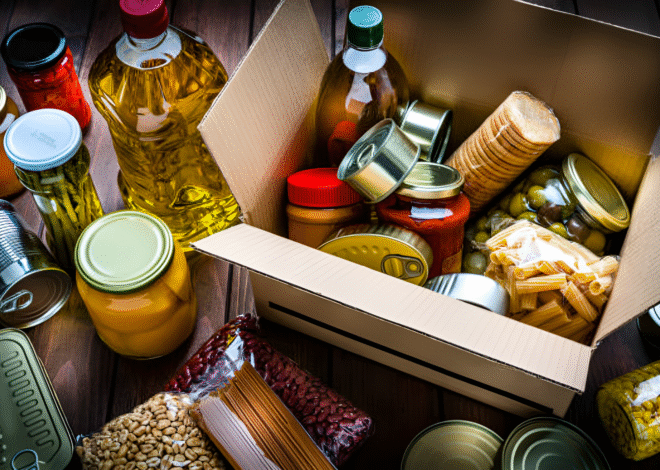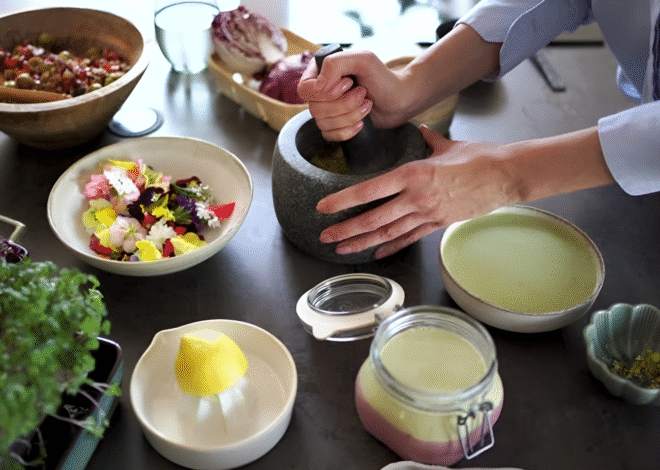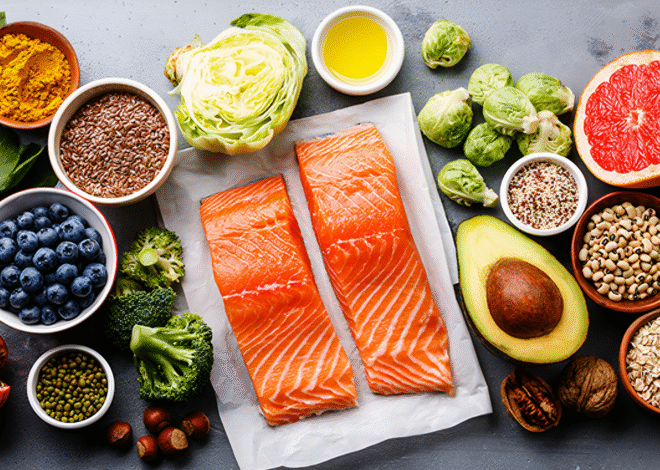
How To Make Tree Bark Bread
Whether you’re an outdoor enthusiast or just looking to experiment in the kitchen, learning how to make tree bark bread can be both fun and rewarding. Have you ever considered making bread from an unexpected source?
Tree bark might not be the first ingredient that comes to mind when thinking about baking, but it’s a fascinating option with a rich history. Imagine biting into a loaf of nutritious bread made from nature itself!
This unique culinary adventure not only connects us with ancient traditions but also opens up new possibilities for healthy eating. Let’s delve into this intriguing recipe and discover what makes it special!
The History of Tree Bark Bread
Tree bark bread has roots that stretch back thousands of years. Indigenous cultures around the world have utilized tree bark as a vital food source during times of scarcity. This survival technique showcased their resourcefulness and deep understanding of nature.
In North America, Native Americans often used the inner bark of trees like birch and cedar to craft a nutritious dough. They mixed it with other foraged ingredients, creating sustenance that could endure harsh winters. Similarly, in parts of Europe and Asia, tree bark was an essential component in traditional baking practices.
It served not only as nourishment but also added unique flavors to bread. Today, this ancient recipe is being rediscovered by those looking to connect with ancestral culinary traditions or embrace sustainable living. As we explore ways to make tree bark bread today, we pay homage to these rich histories and diverse cultures that embraced it long ago.
Health Benefits of Tree Bark Bread
Tree bark bread is more than just a survival food; it’s packed with nutrients. Rich in fiber, it promotes digestive health and keeps you feeling full longer. The natural antioxidants found in tree bark can boost your immune system. These compounds help ward off diseases and support overall well-being.
Additionally, tree bark contains essential minerals like calcium and magnesium. These are crucial for maintaining strong bones and healthy muscles. This unique bread also has low glycemic properties, making it suitable for those watching their blood sugar levels.
It provides a steady release of energy without sharp spikes. Incorporating tree bark bread into your diet might introduce beneficial phytochemicals as well—substances known to reduce inflammation and promote heart health.
Step-by-Step Instructions for Making Tree Bark Bread:
Step 1: Gather Ingredients and Tools
Before diving into the fascinating world of tree bark bread, it’s essential to gather your ingredients and tools. This process sets the foundation for a successful baking adventure.
For this unique recipe, you’ll need inner tree bark from specific trees such as birch or pine. Make sure to choose healthy trees that are free from disease or pesticide exposure. Freshness is key!
Next, look for whole grains like wheat or rye flour. A good quality flour will enhance the texture and flavor of your bread.
You’ll also require water and salt—simple yet vital ingredients that bring everything together.
On the tools front, prepare a sharp knife for harvesting the bark, a mixing bowl for combining your dough, and a baking sheet or oven-safe dish for cooking it all up.
Having these essentials ready will ensure you’re set to create something truly special!
Step 2: Harvesting and Preparing the Tree Bark
Harvesting tree bark requires care and attention. Choose a healthy tree, preferably one that’s not endangered or protected. Birch and cedar are popular choices for their flavor and texture.
Start by selecting a suitable branch. Use a sharp knife to make vertical cuts around the circumference of the bark. Then, gently peel it away from the wood underneath. This technique minimizes damage to the tree while ensuring you get enough material for your bread.
Once harvested, clean the bark thoroughly to remove any dirt or debris. It’s essential to dry it out as well; this can be done by air drying in a shaded area or using low heat in an oven if you’re pressed for time.
Preparing your bark is key. Chop it into small pieces before soaking them in water overnight to soften them up, making them easier to incorporate into your dough later on.
Step 3: Making the Dough
With your prepared tree bark ready, it’s time to transform it into dough. Start by finely grinding the dried bark in a food processor or mortar and pestle until you achieve a flour-like consistency.
Next, combine this unique flour with other ingredients. Use water, salt, and any desired herbs for flavor. Mix these components together gradually.
Kneading is essential here; it helps develop gluten and gives the bread structure. Knead the mixture on a floured surface for about 5-10 minutes until it’s smooth and elastic.
If the dough feels too dry, add small amounts of water—a little at a time—to reach that perfect consistency. Once you’re satisfied with its texture, shape your dough into a ball and let it rest covered in a warm place for about an hour. This allows fermentation to begin, enhancing both flavor and texture!
Step 4: Baking the Bread
Now it’s time for the exciting part: baking your tree bark bread. Preheat your oven to about 350°F (175°C). While waiting, prepare a baking sheet lined with parchment paper.
Shape the dough into loaves or flatbreads, depending on your preference. The rustic look adds charm; don’t worry about perfection here. Place them on the prepared sheet and brush with a little oil if you like that golden finish.
Slide your creation into the oven and let it bake for around 30-40 minutes. You’ll know it’s done when the crust turns a lovely brown and taps hollow when knocked gently on the bottom.
Let it cool slightly before slicing. The aroma will be irresistible! Enjoy this unique treat warm, fresh from the oven, bringing an earthy flavor to every bite.
Creative Ways to Serve and Enjoy Tree Bark Bread
Tree bark bread is not just a unique culinary experience; it’s also incredibly versatile. You can serve it warm, spread with your favorite nut butter for a hearty breakfast. The earthy flavor pairs beautifully with honey or jam, creating a delightful contrast.
For lunch, consider using slices as the base for an open-faced sandwich. Top it with avocado and sprouts for a nutritious twist. At dinner, tree bark bread makes an excellent side to soups and stews. Its chewy texture holds up well against rich broths.
Don’t forget dessert! Toast thin slices lightly and sprinkle them with cinnamon sugar for a sweet treat that will surprise your guests. Use small pieces of tree bark bread in charcuterie boards alongside cheeses and cured meats. It adds an unexpected element that sparks conversation at any gathering.
Variations and Adaptations to the Recipe
Tree bark bread is wonderfully versatile. You can easily adapt the recipe to suit your taste preferences or dietary needs. For a nutty flavor, consider adding ground nuts like almonds or walnuts into the dough. Herbs and spices can elevate your loaf too.
Try incorporating dried rosemary or thyme for an aromatic touch that complements the earthy bark flavors. If you’re looking for sweetness, mix in honey or maple syrup, transforming it into a delightful breakfast option. Adding seeds such as sunflower or pumpkin will not only enhance texture but also boost nutritional value.
For those seeking gluten-free alternatives, experiment with alternative flours like almond flour alongside tree bark flour to create a unique blend without compromising on taste. Each variation offers its own charm while staying true to this rustic tradition of baking with nature’s bounty.
Tips and Tricks for Successful Baking
For successful baking, attention to detail is key. Start by measuring your ingredients accurately. Use a kitchen scale for precision, especially with flour and water. Temperature matters too. Ensure that all your ingredients are at room temperature before mixing. This helps the dough rise more effectively.
Don’t rush the process. Allow adequate time for kneading and proofing. Patience leads to better texture and flavor. Experiment with different types of bark if you want unique tastes. Birch or cedar offers distinct flavors compared to traditional choices like pine.
Keep an eye on your oven’s temperature; it can vary greatly between models. A thermometer can help ensure consistent results every time you bake. Embrace mistakes as learning opportunities! Each loaf teaches something new about this ancient craft of making tree bark bread.
Final Thoughts and Recommendations
When considering how to make tree bark bread, it’s important to remember that this ancient recipe connects us with our ancestors. This unique bread not only showcases resourcefulness but also offers a glimpse into sustainable living practices.
Experimenting with different types of tree bark can yield varying flavors and textures. Don’t be afraid to adapt the recipe based on what you have available or your taste preferences. Whether you’re looking for a new way to enjoy your meals or seeking an adventure in baking, tree bark bread is worth trying.
As you embark on this culinary journey, keep an open mind. The process can be as rewarding as the final product itself. Sharing your creations will inspire others to explore their own food traditions and perhaps even create their own variations.
Tree bark bread opens up discussions about nutrition, history, and sustainability in today’s world. So gather those ingredients and tools—it’s time to bake something truly special!




Your detailed step-by-step instructions, especially on harvesting and preparing the inner bark, were enlightening. I was particularly intrigued by the historical context you provided, highlighting how indigenous cultures utilized tree bark as a vital food source during times of scarcity. It’s fascinating to see how such traditional practices can be adapted for modern use.
I’m curious, have you experimented with different types of tree bark, and if so, which one do you find yields the best flavor and texture? Additionally, are there any specific safety precautions to keep in mind when selecting and processing tree bark for consumption?
Hey Bob,
Thanks for stopping by and sharing your thoughts on how to make tree bark bread. Native American culture is a gift that just keeps on giving and played a vital role in the survival of early American settlers. Without their knowledge and help, we may not even be here as a country. At least not the country we know today.
Native Americans were industrious people and at one with nature. Tree bark bread is just another of the many gifts given to the early American settlers. Not many people today would dare to imagine that you could actually make bread using tree bark.
I personally have never made tree bark bread so I’m unable to answer your question about different types of tree bark. However, as far as safety goes, always know what type of tree bark you’re looking for and don’t just guess what type of tree bark you are harvesting. Your health depends on it.
So, if you are going to make your own tree bark bread at home. Make sure you follow all of our steps so you will have a successful and enjoyable experience. Please come back and share your experience with us. I’d love to know how your homemade tree bark bread turn out.
Best wishes,